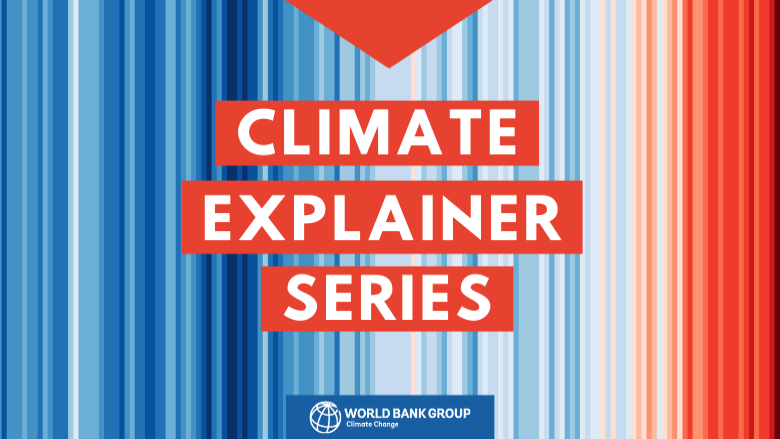How does climate change affect oceans?
Climate change is a major threat to ocean health globally, and one that adds to other ongoing anthropogenic threats – in other words, environmental changes caused by human activity. We are starting to understand these impacts better and learning more about the extent and scope of the problem. First, climate change is causing some serious changes in oceans, including temperature increase, sea level rise, and acidification. Significant changes in ocean current patterns are also occurring. All these factors impact ocean health and marine species. For instance, coral reefs, which are critical marine ecosystems, are threatened by a trifecta of acidification, increasing sea temperatures and sea level rise. But acidification is also a much broader issue since it disrupts carbon sequestration by other species including mollusks and crustaceans. Changing ocean current patterns threaten recruitment of fish stocks – the number of fish born in a given time frame that reach the juvenile stage – with very real and direct impacts on coastal communities that depend on these resources. The impacts of climate change on oceans are therefore myriad, complex, and interrelated.
What role do oceans play in mitigating climate change?
Oceans are the largest heat sink on the planet. They absorb 90% of the excess heat caused by climate change. Oceans are also a very efficient carbon sink, absorbing 23% of human-caused CO2 emissions. Ecosystems such as mangroves, which grow in coastal areas but with roots in sea water, as well as tidal marshes and seagrass meadows, all sequester and store more carbon per unit area than forests. We also know that some carbon particles have been sequestered in seabed sediment over millennia, though that phenomenon is not as well understood or even measured.
But the role of oceans as a carbon sink is directly affected by the impacts of climate change on ocean health, creating a vicious cycle. As it is, we are only just beginning to understand the importance of the ecological functions of oceans, yet climate change is already impacting them.



